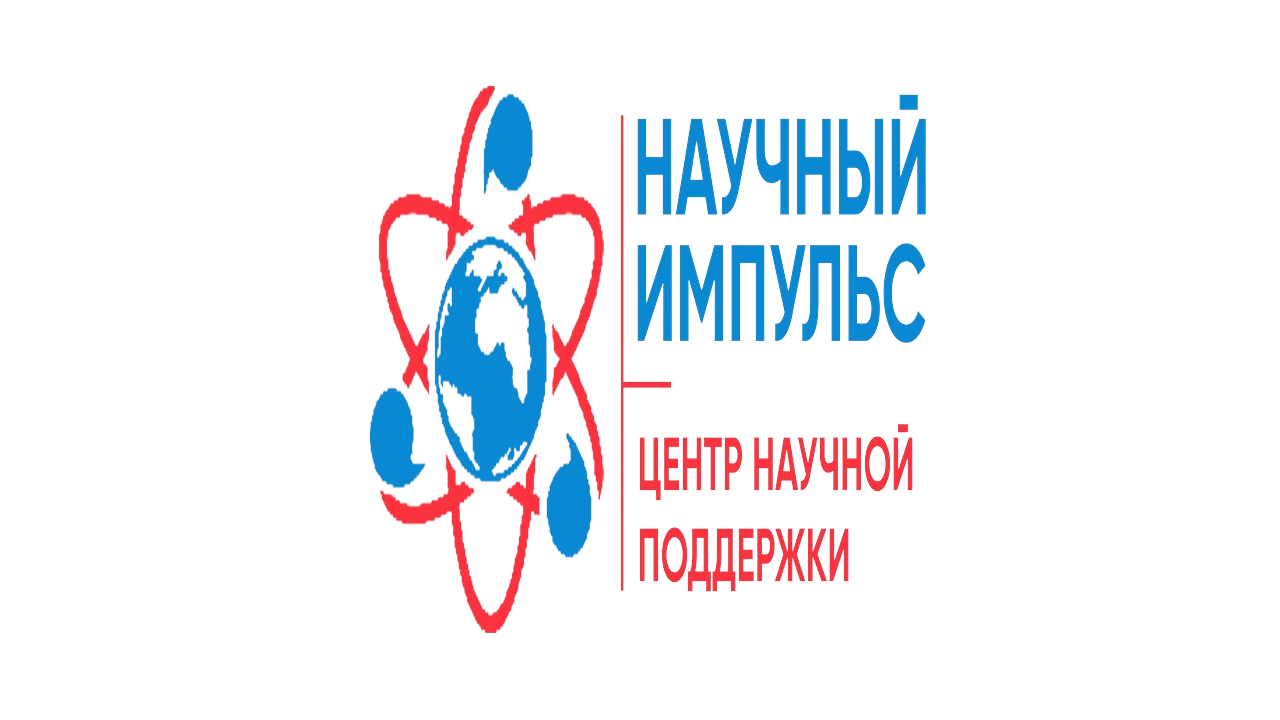COPPER-BASED ALLOYS WITH OPTIMIZED HARDNESS AND HIGH CONDUCTIVITY
Keywords:
conductivity improvement; hardened copper alloy; high performance copper alloy; conduction materials; electrical and automotive engineering.Abstract
Copper alloys, combining optimized strength with high electrical and thermal conductivity, are analyzed in-depth, in order to meet the increasing requirements of today’s and tomorrow’s applications in the electrical and automotive industries. The conducted research analyzes alloys with up
to 0.3 wt.% scandium, as an alloying element with limited solubility in copper. For the simultaneous enhancement of mechanical strength and conductivity, precipitation hardening is the conducted process method, accompanied by experimental and simulation-based investigations. Therefore, the influence of aging temperatures, in the range of 350 ◦C to 500 ◦C, is analyzed in combination with 25%, 50%, and 75% prior cold deformation
References
K. Roll, “Analysis of stress and strain distribution in thin films and substrates”, Journal of Applied Physics, vol. 47(7), 3224–3229, 1976
Y. Rollot, S. Regnier, “Micromanipulation par adhésion. Modélisation dynamique et expérimentations”, Nano et micro technologies, vol. 1(2), 213–241, 2000
L.R. Rudnick (ed.), Lubricant Additives, Marcel Dekker, New York, 2003
P.M. Sargent, PhD Thesis, University of Cambridge, UK, 1979
M Sato, M. Brett, Vacuum Solutions, vol. 14, p. 26–31, 2000
T. Sato, Y. Tada, M. Ozaki, T. Hoke, T. Besshi, “A crossed-cylinders testing for evaluation of wear and tribological properties of coated tools”, Wear, vol. 178(1–2), 95– 100, 1994

